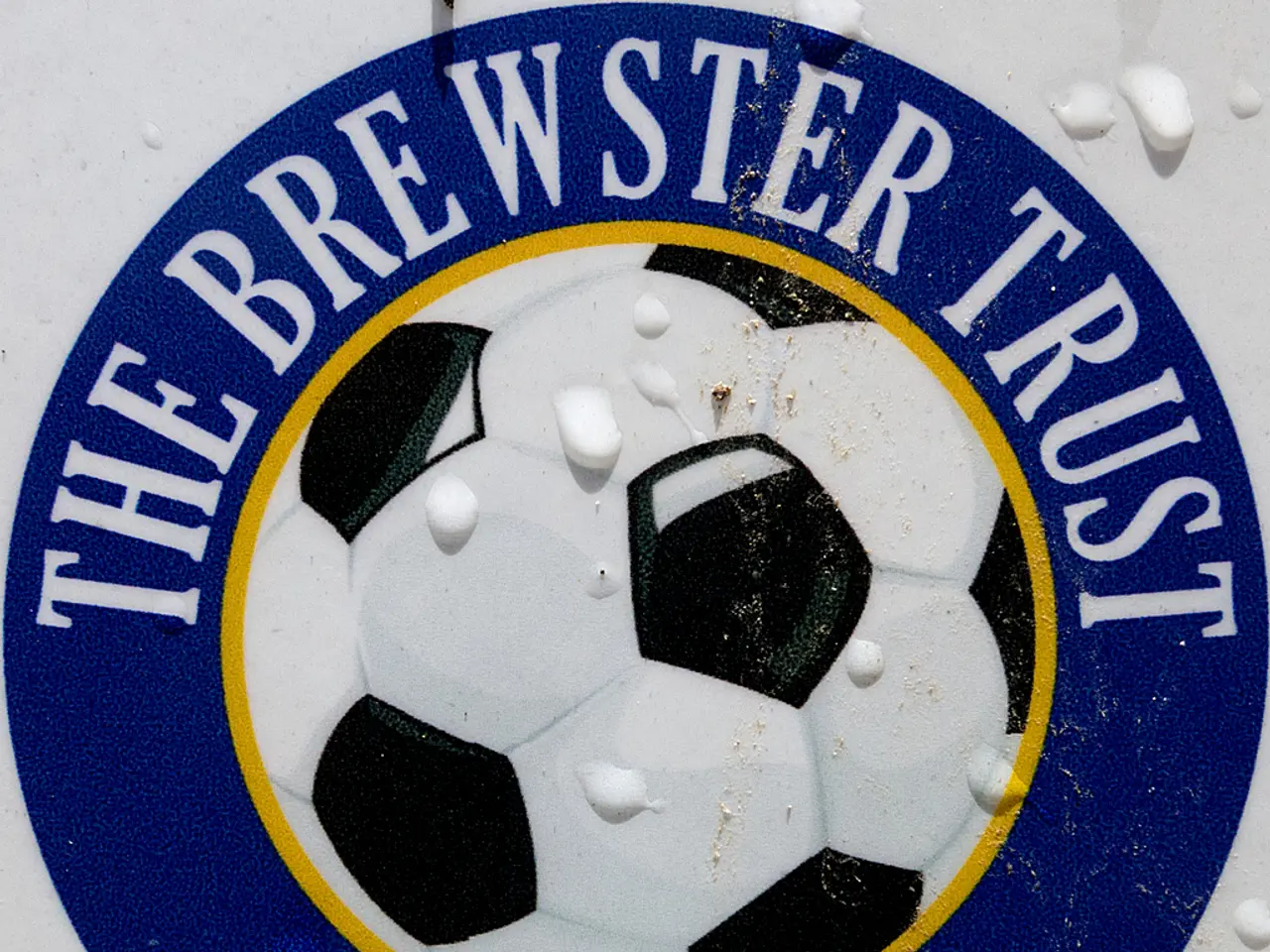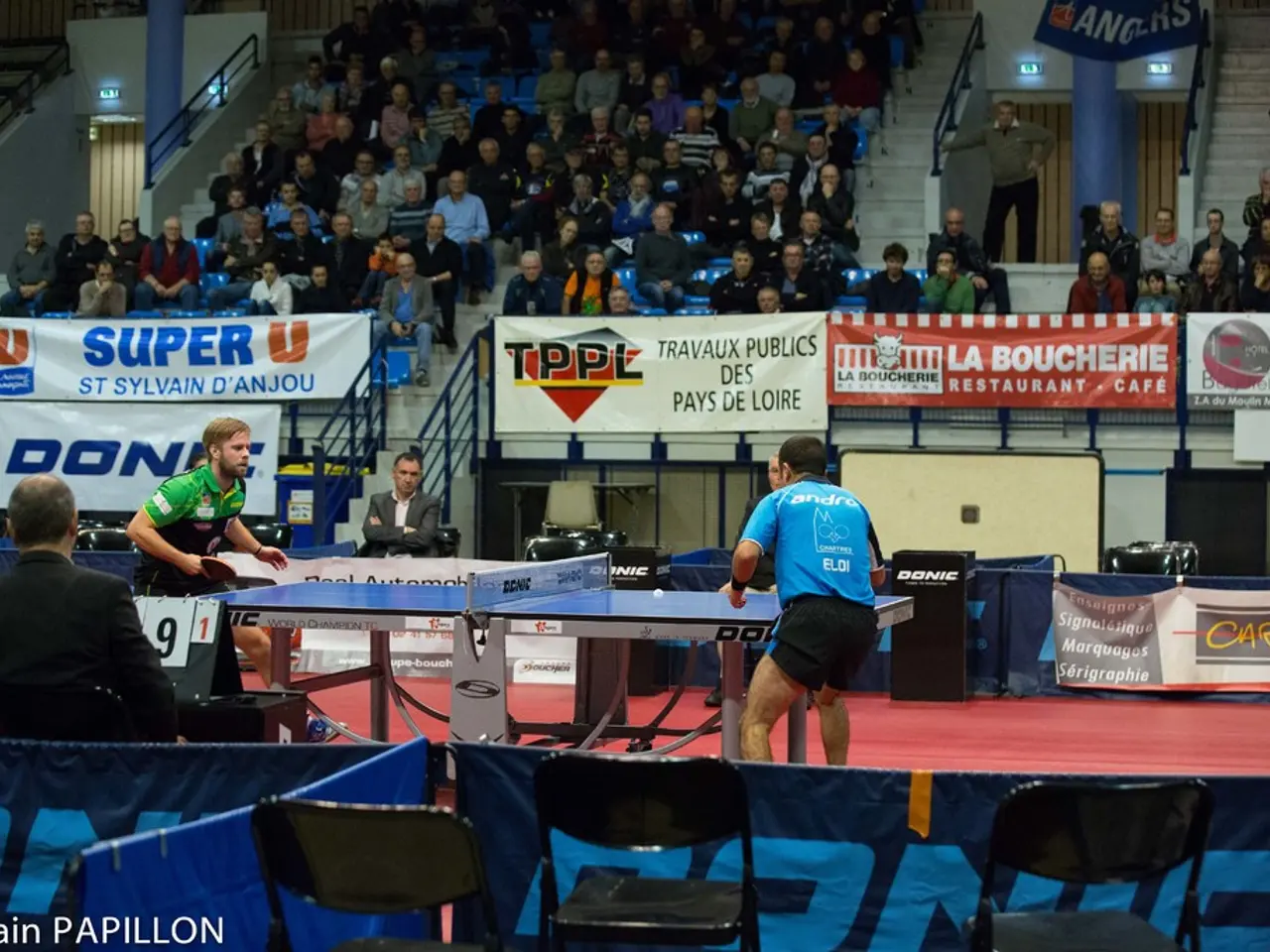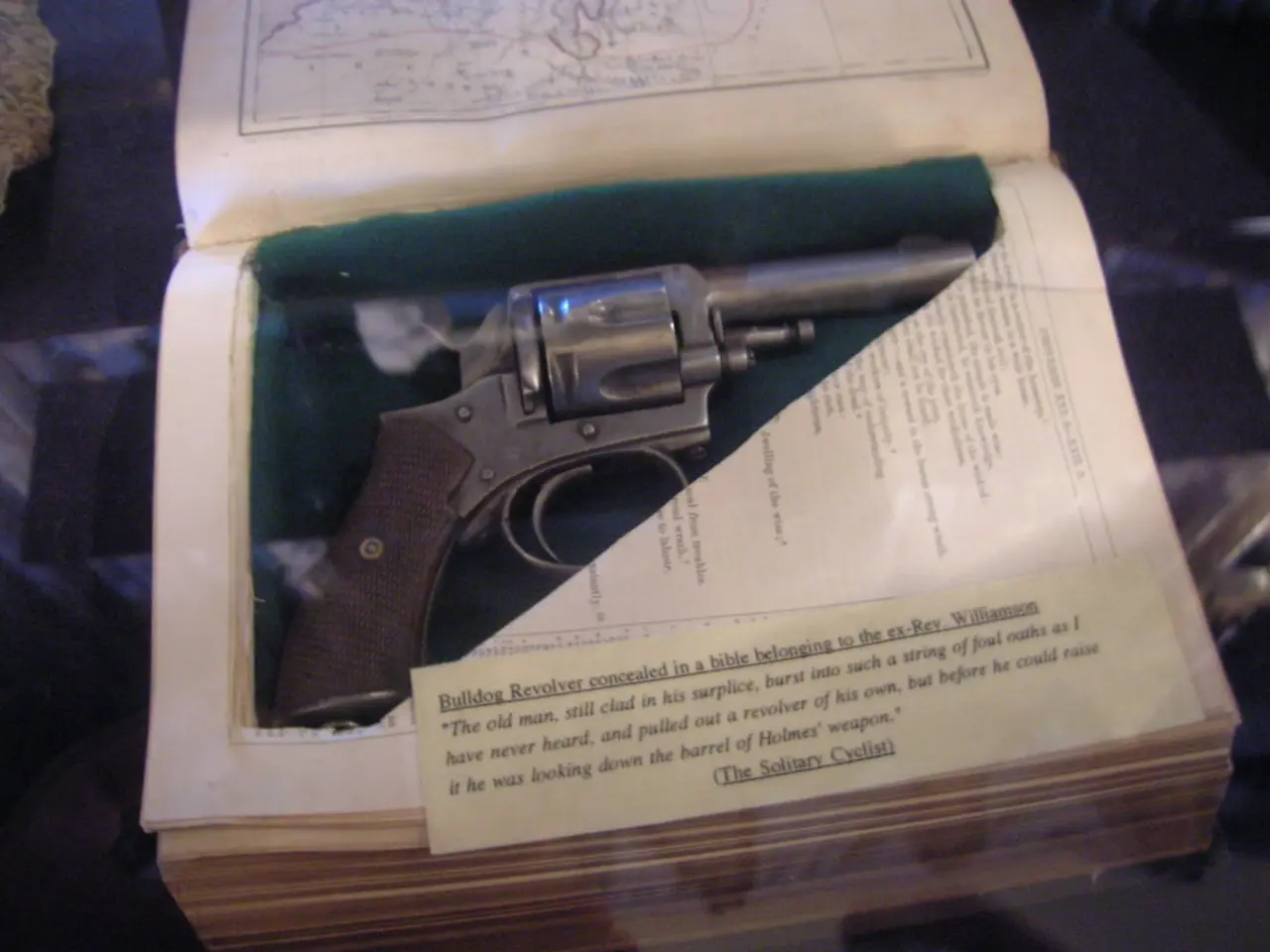Aggressive Defense Posture: US Destroyers Join Major NATO Exercise "Baltops"
Naval exercise 'Baltops' involves over 50 ships operating in the Baltic Sea
Welcome, folks! It's war time...er, exercise time, over in the Baltic Sea. In a show of force, the US has sent two destroyers, the USS Mount Whitney and the USS Paul Ignatius, to participate in NATO's large-scale drill, codenamed "Baltops." The exercise, currently underway in Rostock, is set to last two weeks and involve over 9,000 soldiers from 17 countries.
The German Navy, a key player in this defense-focused dance, sees "Baltops" as a vital part of both national and alliance defense. According to the chief of staff of the German Navy Command, Wilhelm Tobias Abry, this annual exercise provides an essential opportunity to display deterrence and defense capabilities in the Baltic Sea.
Deterrence, Security, and Strategy
The Baltops event has been around for half a century, and this year marks its 54th edition. With more than 50 ships and boats, over 25 aircraft, and about 9,000 soldiers taking part, the exercise offers a unique platform for strengthening alliance-wide cooperation and demonstrating robust deterrence.
For the first time, the 2023 event is starting in the Hanseatic city of Rostock, which is also home to the German Navy Command and the Inspector of the Navy. "Baltops" provides a crucial opportunity to display the united resolve of NATO allies and partners in securing maritime safety for the past five decades.
The exercise serves another purpose as well: to adapt to current and anticipated security needs in the Baltic region. This strategic adaptation is essential given the ongoing Russian invasion of Ukraine and the concern that a strong, unified response is crucial to maintain stability in the region. In the Baltic, Russia is now the lone coastal state not part of NATO, creating an additional layer of tension.
Major US Naval Assets
Joining the party in Rostock are the US destroyers USS Mount Whitney and USS Paul Ignatius. The German Navy is contributing with the corvettes Braunschweig and Magdeburg, the frigate Bayern, the supply ship Frankfurt am Main, the minesweeper Datteln, the tender Mosel, the patrol boat Stollergrund, and the maritime patrol aircraft P-3C Orion.
But not everyone agrees on the wisdom of these military maneuvers. The Left in Northeast Germany, for example, criticizes the drills. State party leader Hennis Herbst argues that this "saber-rattling" only creates fear and contributes to escalating militarization in the region. Instead, the Left proposes focusing on civilian resilience, international cooperation, and strategic observation as a response to Russian activity rather than engaging in a war of words.
- As the US navy ships, the USS Mount Whitney and USS Paul Ignatius, join the European landscape for the "Baltops" exercise, discussions about economic and monetary union within NATO could provide a common ground for strengthening the alliance's economic stability.
- Amidst the European leagues of sports, such as football, the ongoing "Baltops" exercise offers a platform for demonstrating the same level of unity and strong defense, unifying not only military forces but also communities in their shared goal of deterrence and security.







